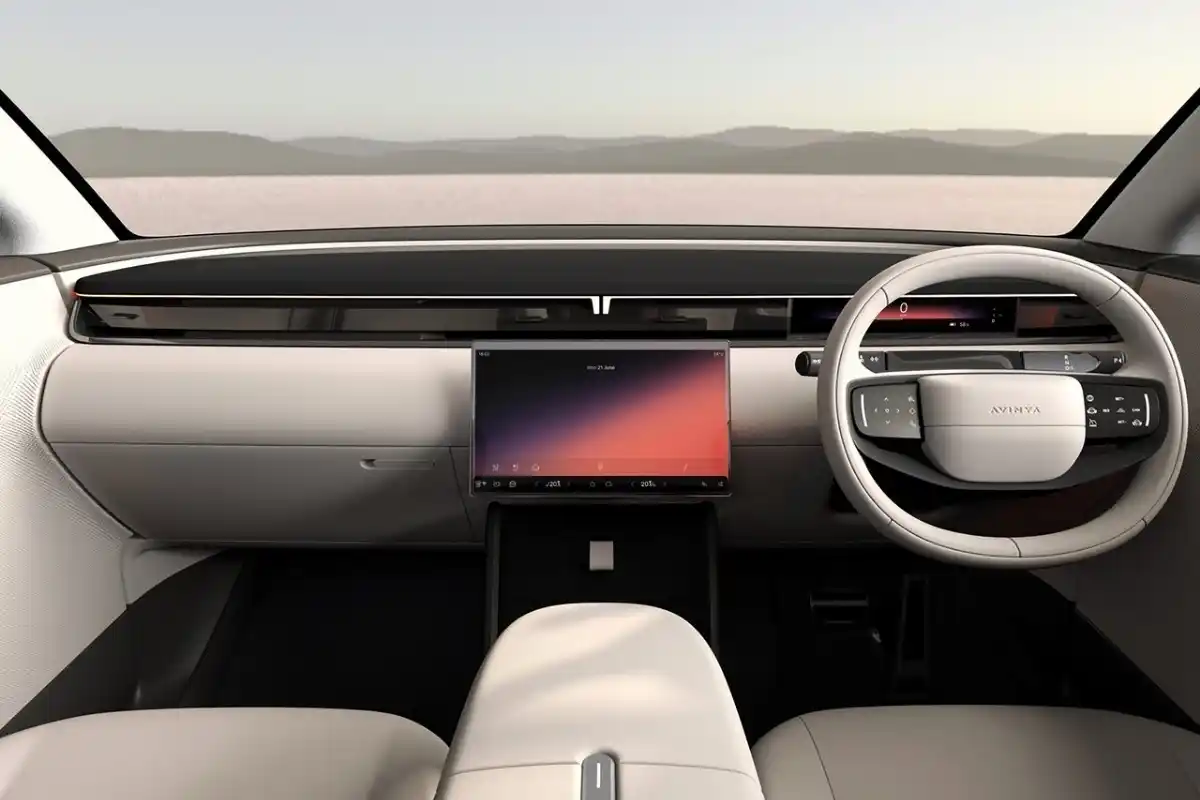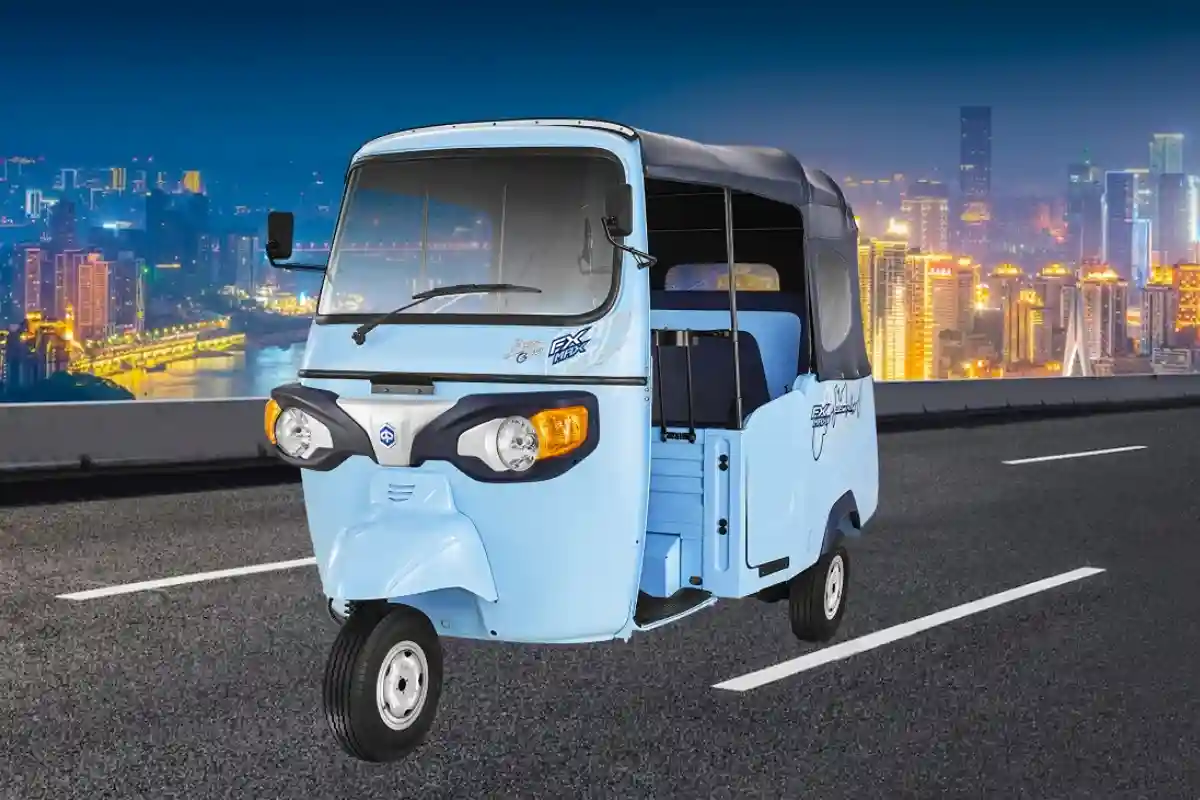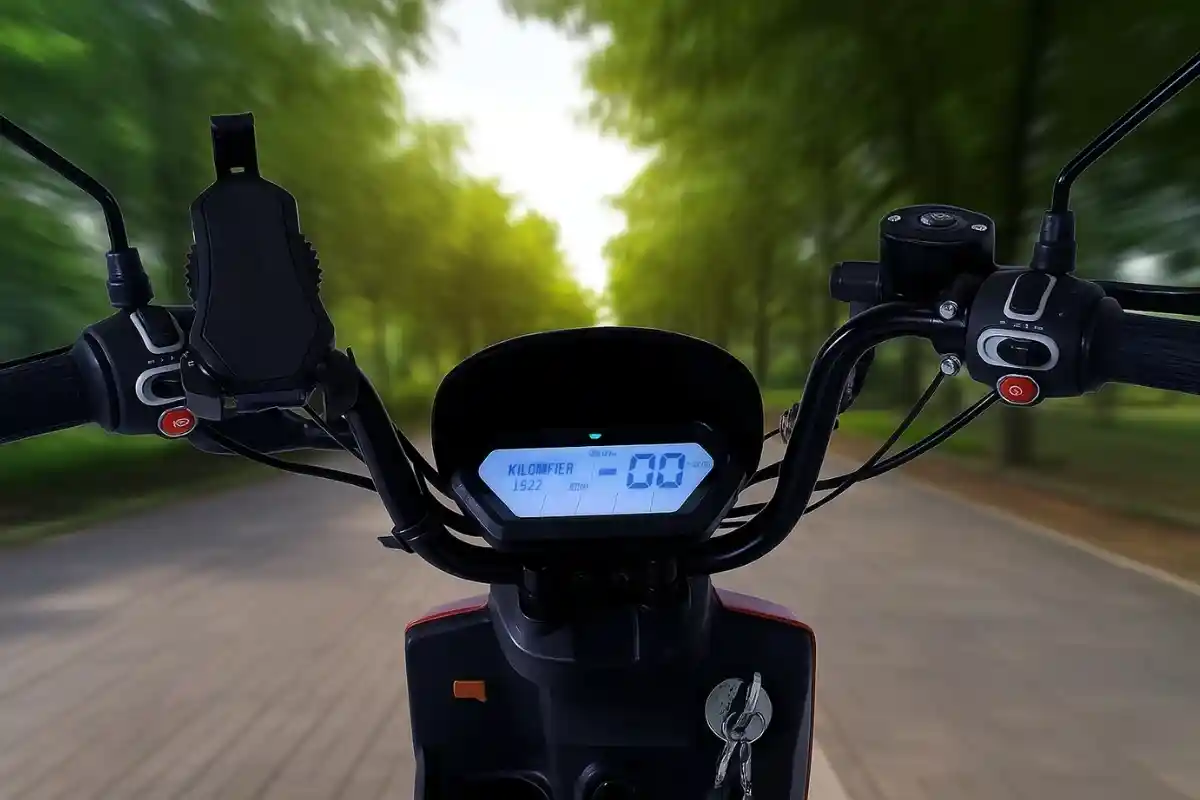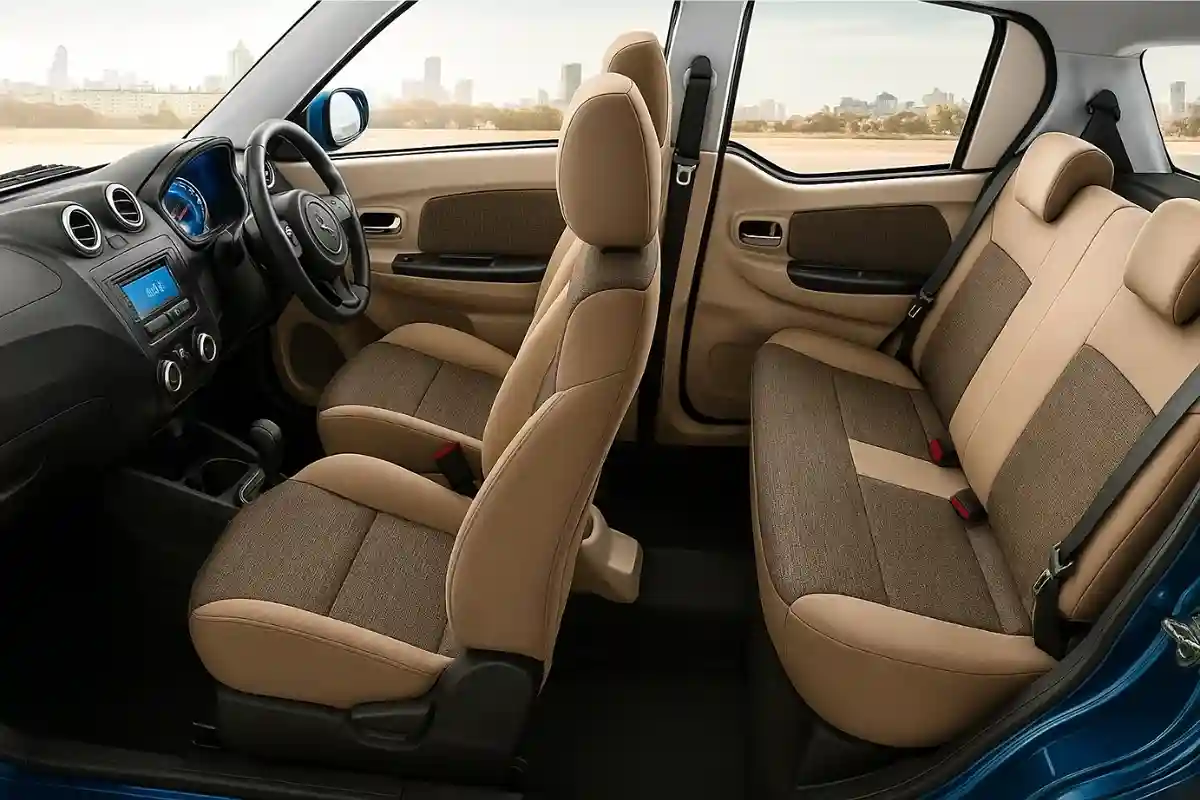Posted On : 24 September 2025
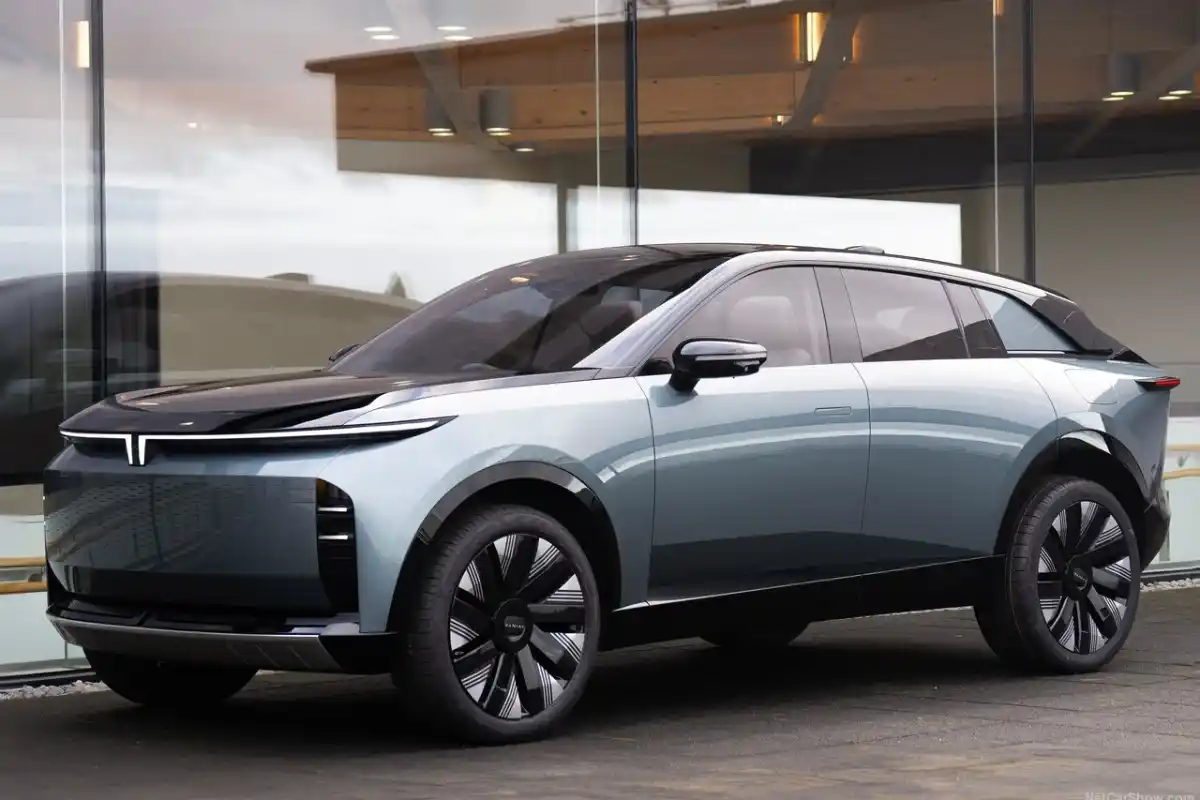
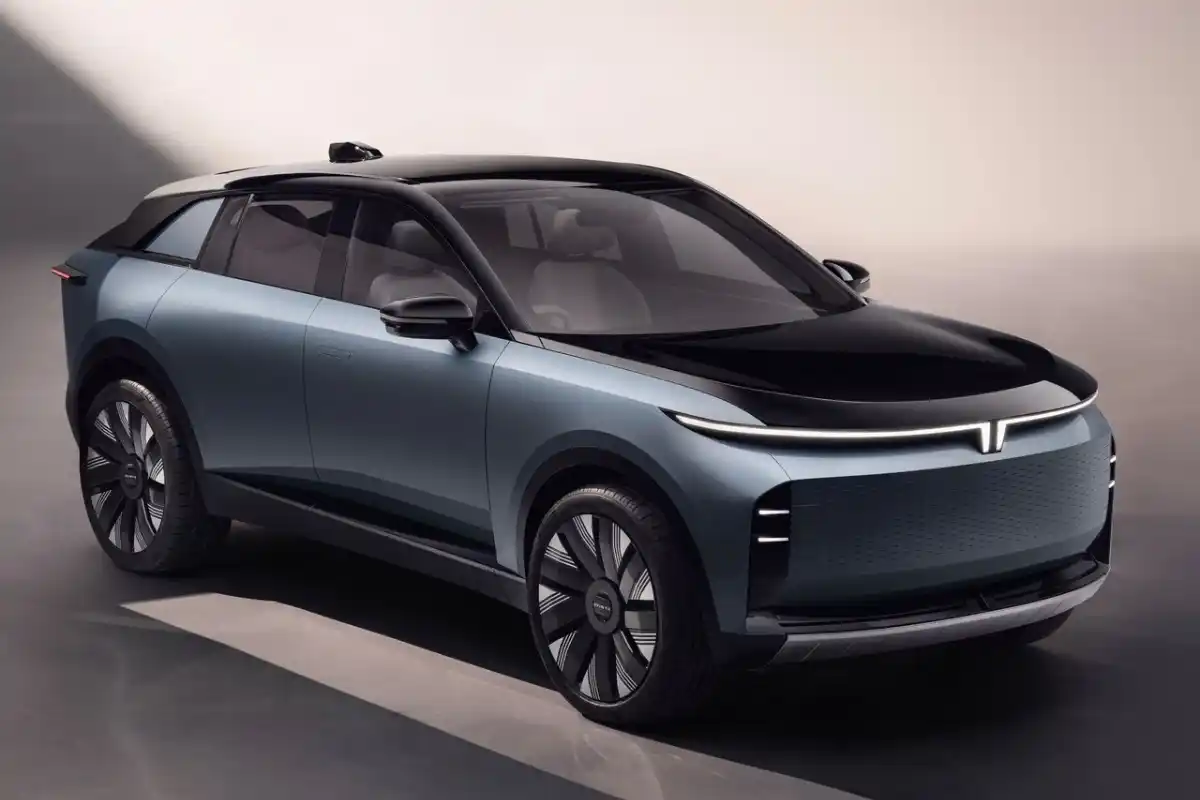
Tata Avinya (pronounced “uh-vee-nya”) is Tata Passenger Electric Mobility's concept for a flagship brand of electric vehicles. Announced in 2022, this electric vehicle prototype represents Tata's bid into the high-end, high-tech, and design-driven electric mobility segment in India and abroad. Avinya is expected to launch its first vehicle (codenamed P1) in 2026, as well as additional variants under the Avinya umbrella.
The Avinya EV is based on Tata's Gen-3 architecture (also known as "Born Electric") which is a dedicated pure electric platform instead of a conversion from petrol/diesel variants.
This results in more spacious interiors, flat floor, weight distribution, futuristic touches.
These are based on claims, concept information, and leaked/rumoured data. Final production specs may differ.
| Specification | Expected / Claimed |
|---|---|
| Range | 500+ km per charge (ARAI / or equivalent certification) |
| Charging | Ultra-fast DC charging: 0-80% in ~30 minutes or less |
| Drive Variants | Likely both single motor & dual motor (all-wheel drive) variants for performance and premium options. |
| Design Features | Futuristic LED light-bars front & rear, slim headlights & taillights, butterfly or rear-camera ORVMs, panoramic glass roof, minimalistic interiors with floating displays, possibly rotating front seats (as shown in concept) |
| Seating / Cabin | 5-seater layout; emphasis on space, comfort, high structural safety, premium materials, high connectivity features (ADAS, OTA updates, voice commands etc.) |
The first Avinya model (P1) is anticipated to be priced somewhere in the region of ~₹ 35 lakh ex-showroom in India.
Some reports and speculation even say it could go to ₹ 40 lakh plus depending on whether some high features or AWD motors are offered.
It should sit in the premium space and compete with global and Indian luxury EVs, not mass EVs. It is intended to be flagship of Tatas premium EV vision under the Avinya brand.
The original goal was 2025, but according to recent news we are now looking at a launch of the production Avinya P1 in FY 2026.
In investor presentations the Avinya brand was confirmed with several models (P1, P2, P3, P4, P5), meaning the roll-out will take place over several years.
Exterior: Pristine, contemporary look with LED strips making up Tata's 'T' insignia at the front, full width LED light bars, sleek profiles, blacked-out pillars, and floating roof design. ORVMs may be swapped for cameras.
Interior: Minimalist, premium with integrated/large infotainment display, digital cockpit, and a possible cabin speaker located in unusual places (sound bar, door or seat mounted), rotating front seats (in concept), panoramic sunroof, and use of sustainable materials.
Tech & Safety: ADAS features (lane keeping, adaptive cruise, automatic emergency braking, etc.), OTA updates and connectivity features, structural safety (likely high), protection of critical components from water and dust.
The Tata Avinya EV is looking to be a potential disruptor in the Indian EV segment: it is not just another hatch or SUV, but is planned to be a designer-first EV with long range and cutting edge tech. If the production version of the car delivers on the concept’s promises—range, charging speed, features, to name a few—it could potentially redefine what we expect from EVs in India.
For buyers: If you're open to buying an EV at a premium price, with cutting edge tech features, and want future proof features, it may be worth the wait! However, if you're looking for something now, or if you have a tight budget, some of the upcoming Gen-2 EVs or Harrier EV / Curvv EV / Nexon EV may end up offering significantly more value.
